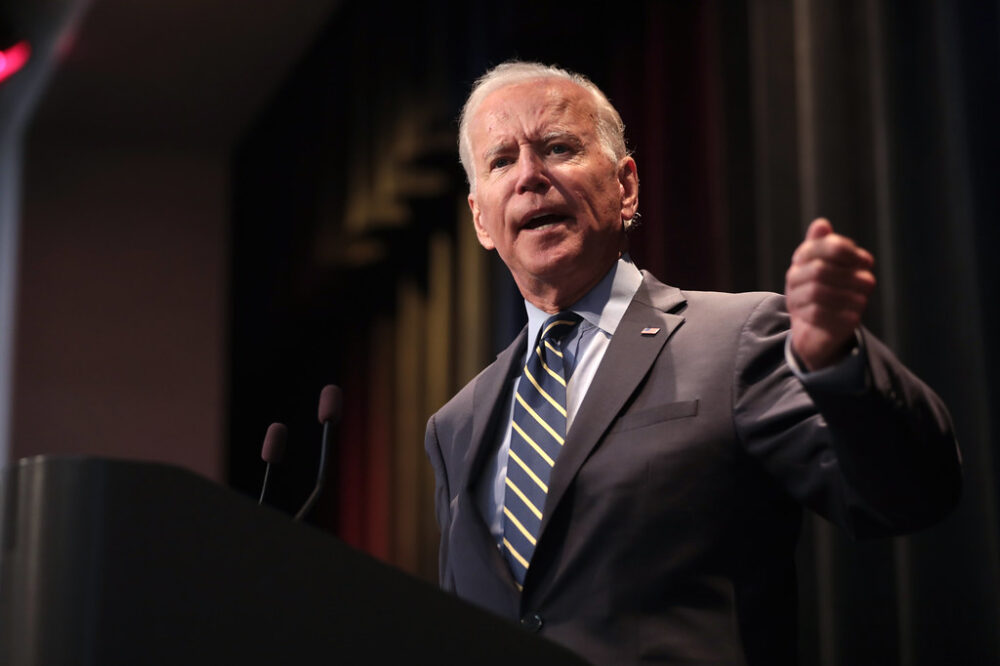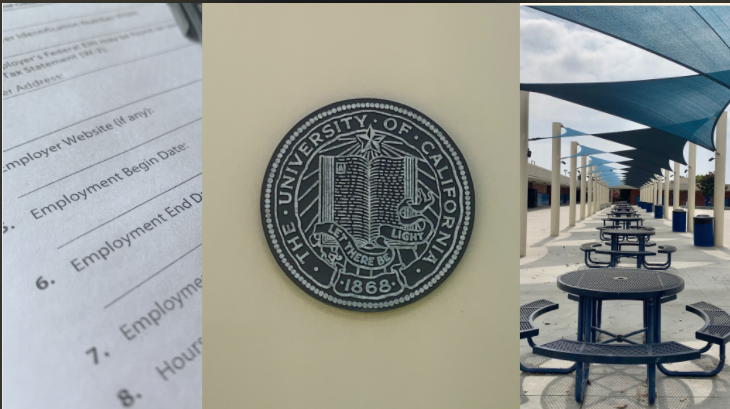
By Brandon Nguyen
Miguel Cardona, a lifelong educator, emerged as President Joe Biden’s nominee for Secretary of Education. Cardona was chosen from an array of university deans and heads of teachers unions to carry out Biden’s plan for reopening schools and addressing racial equity.
Cardona grew up in Meriden, Connecticut, and is a first-generation college graduate, earning an undergraduate degree at Central Connecticut State University and a master’s and Ph.D. at the University of Connecticut, all in education.
He began his career in education as a fourth-grade teacher and after five years became Connecticut’s youngest principal at Hanover Elementary School at the age of 27. In 2015, Cardona became assistant superintendent in his hometown’s school district and then was chosen as Connecticut’s education commissioner by Governor Ned Lamont in 2019.
History on racial equity
Cardona’s doctoral thesis examined “achievement disparities” between English-language learners and English-speaking students. While principal of Hanover Elementary School, Cardona focused on the bilingual education program, earning praise from peers.
“We’ve had low performing schools really take off and turn around over the last decade or so and all due in part to Miguel,” Meriden mayor Kevin Scarpati told NBC Connecticut.
Reopening schools
To safely reopen schools, Cardona has been advocating for the use of federal funds to help students who have been disproportionately affected by the pandemic, especially students of color.
He has spoken out against the psychological and educational tolls of online learning and referred to data that shows no wide-spread COVID-19 transmission in schools that have already reopened. When he was education commissioner, Cardona and Lamont pushed for reopening schools in Connecticut, yet left the decision up to the school districts.
Furthermore, he expressed concern that students who are learning English are more likely to miss school online than if they were in person.
“I’ve lived those challenges… [the pandemic has] taken some of our most painful, longstanding disparities and wretched them open even wider,” Cardona said. “It has stolen time from our children… we will carry its impact.”

Position on charter schools
Contrary to some in his political party, Cardona called charter schools a “viable option,” yet said his priority would be on public schools.
He noted during his Connecticut confirming hearing that “Charter schools provide choice for parents that are seeking choice” and wants public, charter and magnet schools all to meet the same federal regulatory guidelines.
Contrast from predecessor
It is expected that Cardona will steer the Education Department in a much different direction than his predecessor Betsy DeVos.
Notably, he will reinstate the expansion of the Title IX standard. The expansion expedited investigations of sexual misconduct and emphasized that failures to do so would result in severe consequences. This was put into place under the Obama administration in 2011 and repealed by the Trump administration in 2020.
“Today we release a final rule that recognizes we can continue to combat sexual misconduct without abandoning our core values of fairness, presumption of innocence, and due process,” DeVos said in 2020 in response to criticism from victims’ rights groups.
Other issues Cardona is likely to tackle differently than DeVos are school choice and the Obama-era loan program that forgave some student loans.
What’s left
Only four out of 23 of the nominees for Biden’s Cabinet have been confirmed by the Senate and Cardona’s confirmation is expected to take place next month. If confirmed, Cardona will assist in the reopening of schools, ensure academic racial equity and cut student loan debt.





